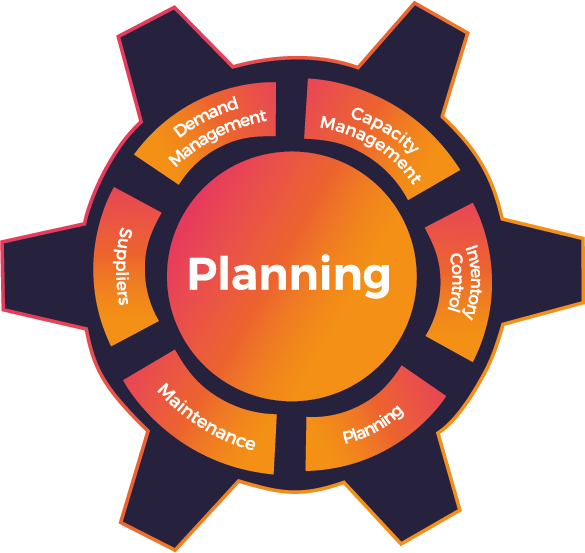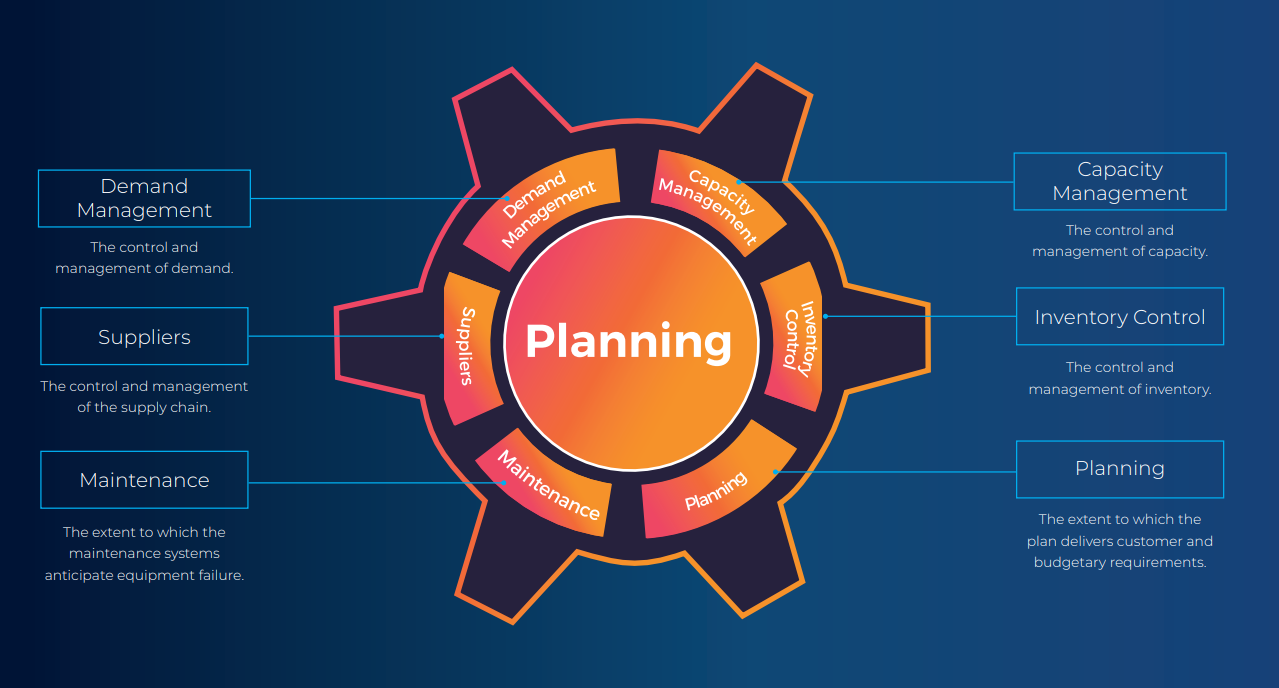Capacity is the maximum output that a business can produce in a given period with the available resources.
Capacity management is the adjustment of the capacity of a resource (equipment, machine, or system) to meet
planned demand and may be adjusted by working overtime or redeploying the labour. It impacts directly on
business costs and in satisfying the customer:
• Overcapacity has an impact on productivity and labour costs.
• Undercapacity has an impact on income generation, lead-times, delivery,
sub-contract costs and overtime.
Performance is optimised when capacity and demand are in balance. Capacity should be flexible to cope with
fluctuation in demand and monitored to ensure utilisation is achieved. The capacity plan is derived from the
long-term demand forecast in the business plan.



